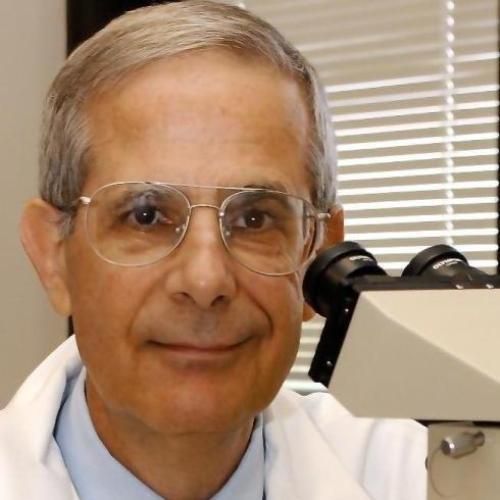
Extracellular acetylcholine is increased in the nucleus accumbens following the presentation of an aversively conditioned taste stimulus.
To determine if acetylcholine (ACh) is released in the nucleus accumbens in response to a conditioned stimulus (CS) that reminds the animal of an aversive event, in vivo microdialysis was used to monitor extracellular ACh during conditioned taste aversion. Saccharin flavored water (2.5 mM saccharin) was paired twice with nausea induced by i.p. lithium chloride (100 mg/kg). This is normally sufficient to create an aversion to the taste of saccharin, but instead of a preference test, the saccharin solution was squirted directly into the rat's mouth via a cheek catheter during nucleus accumbens microdialysis. The result was a 40% increase in extracellular ACh. We reported earlier that dopamine changes in the opposite direction; it decreases. This suggests that high synaptic ACh and low DA are correlated with an aversive state and cessation of behavior.
Duke Scholars
Altmetric Attention Stats
Dimensions Citation Stats
Published In
DOI
ISSN
Publication Date
Volume
Issue
Start / End Page
Location
Related Subject Headings
- Taste
- Stimulation, Chemical
- Rats, Sprague-Dawley
- Rats
- Nucleus Accumbens
- Neurology & Neurosurgery
- Male
- Conditioning, Operant
- Avoidance Learning
- Animals
Citation

Published In
DOI
ISSN
Publication Date
Volume
Issue
Start / End Page
Location
Related Subject Headings
- Taste
- Stimulation, Chemical
- Rats, Sprague-Dawley
- Rats
- Nucleus Accumbens
- Neurology & Neurosurgery
- Male
- Conditioning, Operant
- Avoidance Learning
- Animals


